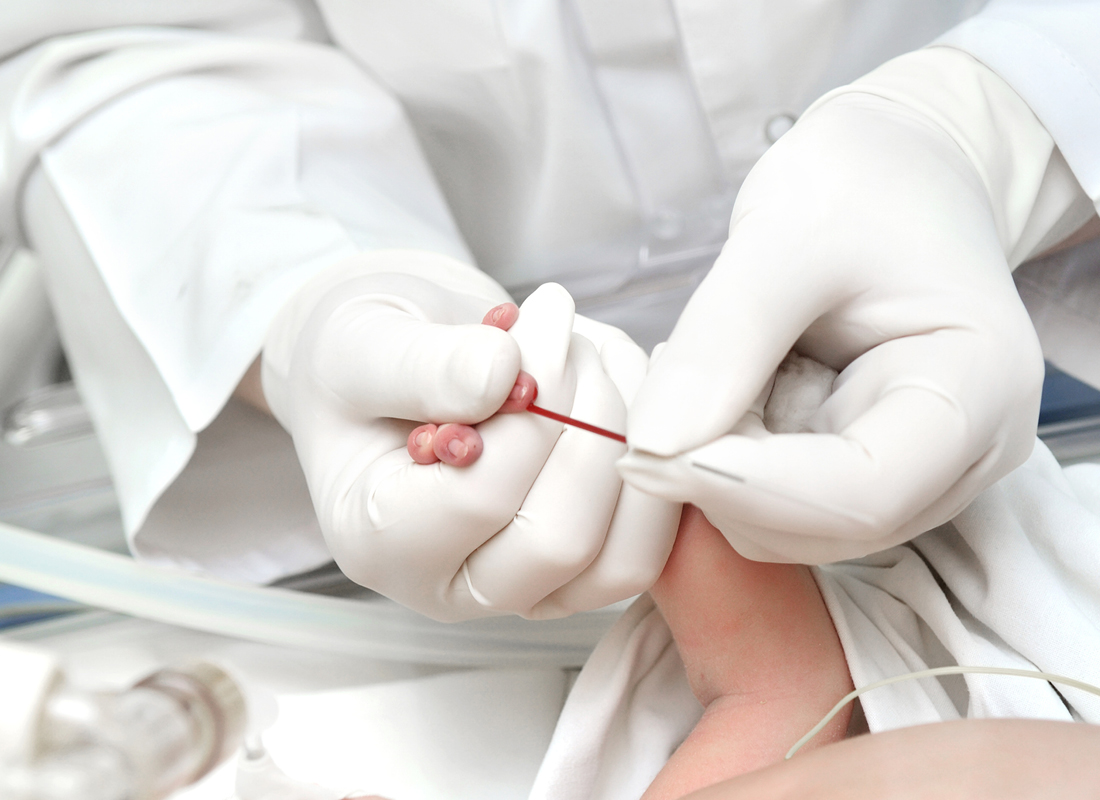Which Test? Choosing the Best Approach to Diagnosing Rare Disease
Genomic sequencing is almost twice as likely to yield a diagnostic result, but lags behind panel testing in speed, cost, and concordance.

Collectively, rare diseases are not rare at all. In fact, an estimated 3.5 to 5.9 percent of the population is estimated to have a rare disease diagnosis at any given point.1 Even this number is likely to be an underestimate, because receiving that diagnosis takes an average of 7.6 years in the US and 5.6 in the UK.2 While seeking answers, patients may visit up to eight different doctors (including four specialists) and receive multiple incorrect diagnoses.2 It’s no wonder that this journey is commonly known as the “diagnostic odyssey.”
But this diagnostic delay is not only stressful and frustrating for patients and families;3,4 it’s also costly, with an estimated price tag of over $10,000 per patient.5 A UK-based analysis concluded that undiagnosed rare disease patients had cost England’s National Health Service over £3.4 billion (almost $4.4 billion USD) in a 10-year period.6 Furthermore, some rare disease treatments rely on early diagnosis, meaning that patients who are diagnosed late may miss the window for effective intervention—leading to increased healthcare costs, reduced quality of life, and potentially even death.
Diagnosing Genetic Disorders
Nearly three-quarters (71.9 percent) of all rare diseases are genetic disorders and, therefore, theoretically detectable from birth.1 However, most newborns are screened for only a small subset of genetic disorders—with 38 such “core conditions” recommended in the US7 and only nine in the UK.8 To explore alternatives, a group of researchers from multiple pediatric hospitals and academic centers examined the speed and diagnostic performance of two assays: a targeted neonatal genetic screening panel and whole genome sequencing (WGS).9
To compare the two approaches, the researchers conducted a prospective study on 400 infants with a suspected genetic disorder, as well as their parents (where available). In total, 51 percent of participants had a diagnostic gene variant identified, including 134 diagnoses that had not previously been described. The panel test, which examined 1,722 genes associated with known congenital defects,10 had a diagnostic yield of 27 percent and missed 164 variants identified by WGS. Genomic sequencing nearly doubled this performance with a diagnostic yield of 49 percent (missing 19 variants identified by panel testing).
“More than half of the babies in our study had a genetic disorder that would have remained undetected at most hospitals across the country if not for genome sequencing technologies,” said co-principal investigator Jonathan Davis, MD, chief of Newborn Medicine at Tufts Medical Center, in a press release.11 Not only that, but approximately one in five patients underwent changes in their care as a result of this testing—a clear indication of the clinical utility of early molecular diagnosis.
Despite its increased yield, though, WGS comes at a price. The testing is not only more expensive, but may also take longer. In the recent study, standard requests saw a median time to result of 6.1 days for WGS and only 4.2 days for panel testing. Urgent requests, however, yielded the opposite outcome, with a median time to result of 4.0 days for panel testing and just 3.3 days for WGS.9
When Interpretations Conflict
But the matter isn’t as simple as choosing the most effective test. The paper also highlighted concerns around interlaboratory variation in result interpretation. “It’s clear there are a variety of different approaches and a lack of consensus among geneticists on the causes of a specific patient’s medical disorder,” explained Jill Maron, MD, MPH, chief of Pediatrics at Women & Infants Hospital of Rhode Island and the study’s other co-principal investigator.11 It’s an issue that has been noted before, with interlaboratory inconsistency rates estimated at 10–40 percent.12 Because it occurs even in well-studied genes with therapeutic implications,13 this level of inconsistency can have serious consequences for patients with actionable mutations, including delayed or inappropriate treatment.
Potential sources of discordance include the use of nonclinical variant interpretations or databases, the complexity of the molecular mechanisms involved, the rarity and penetrance of the variant in question, the choice and performance of missense prediction software, the phenotypic evidence, and misunderstanding or misuse of classification criteria.12,14 How can these issues be addressed?
Researchers recommend standardized training on variant interpretation, regular reassessment (of both key variants and patient sequencing data), use of reliable databases such as ClinVar, and expert second opinions to review results that may have implications for patient management.12,14
What Labs Should Know
For newborns with suspected genetic disorders or unexplained symptoms, panel testing may be faster and less expensive, but WGS is nearly twice as likely to yield a conclusive diagnosis—information that may help labs and care teams collaborate to select the most appropriate test for each patient. If a result is uncertain or has clinical management implications, labs should check for common interpretation issues and, if necessary, seek an expert second opinion before making recommendations based on the result.
References:
Subscribe to Clinical Diagnostics Insider to view
Start a Free Trial for immediate access to this article